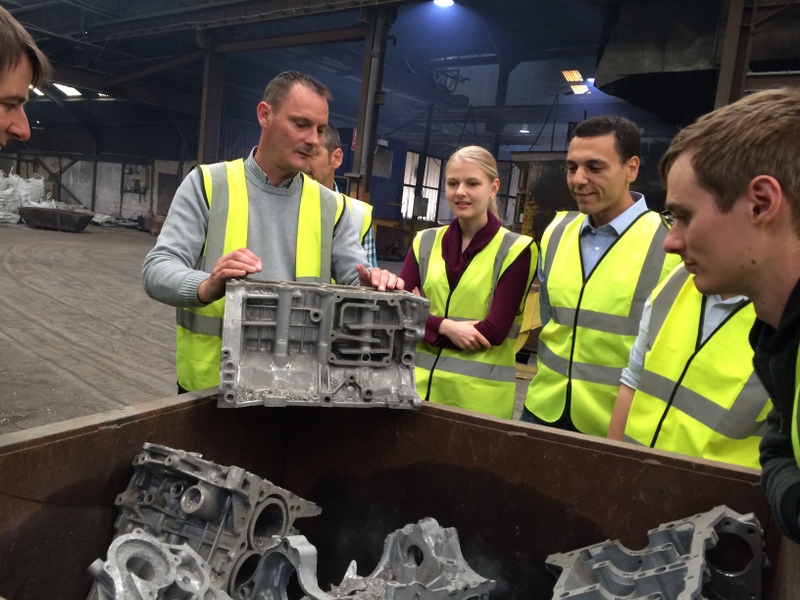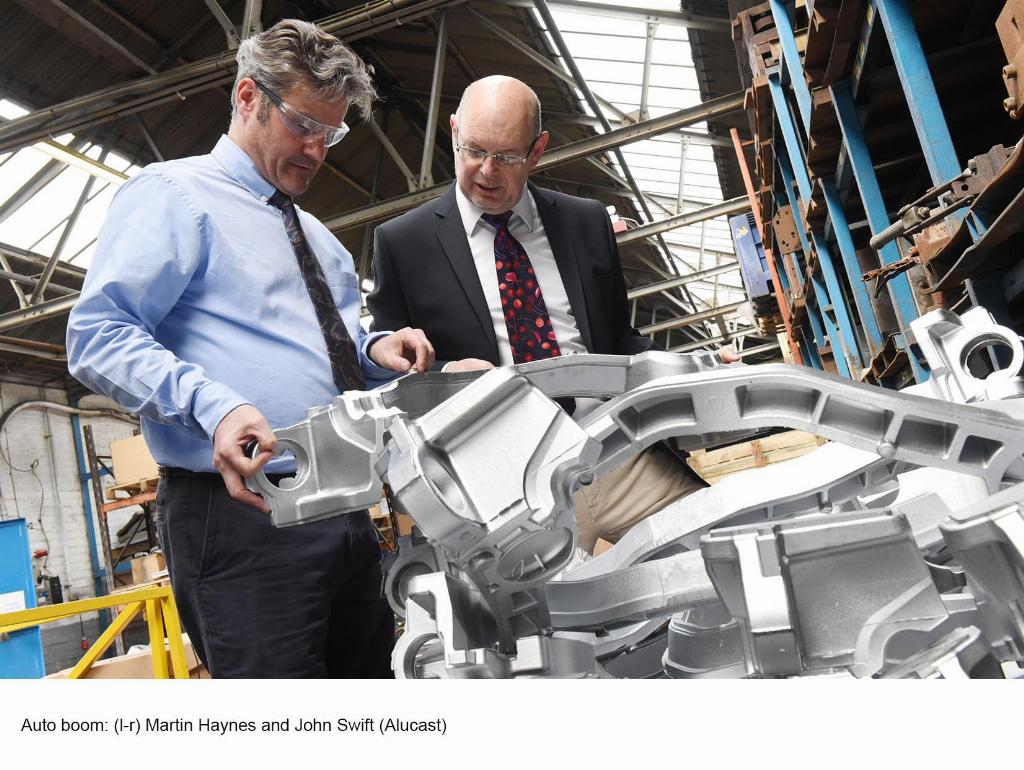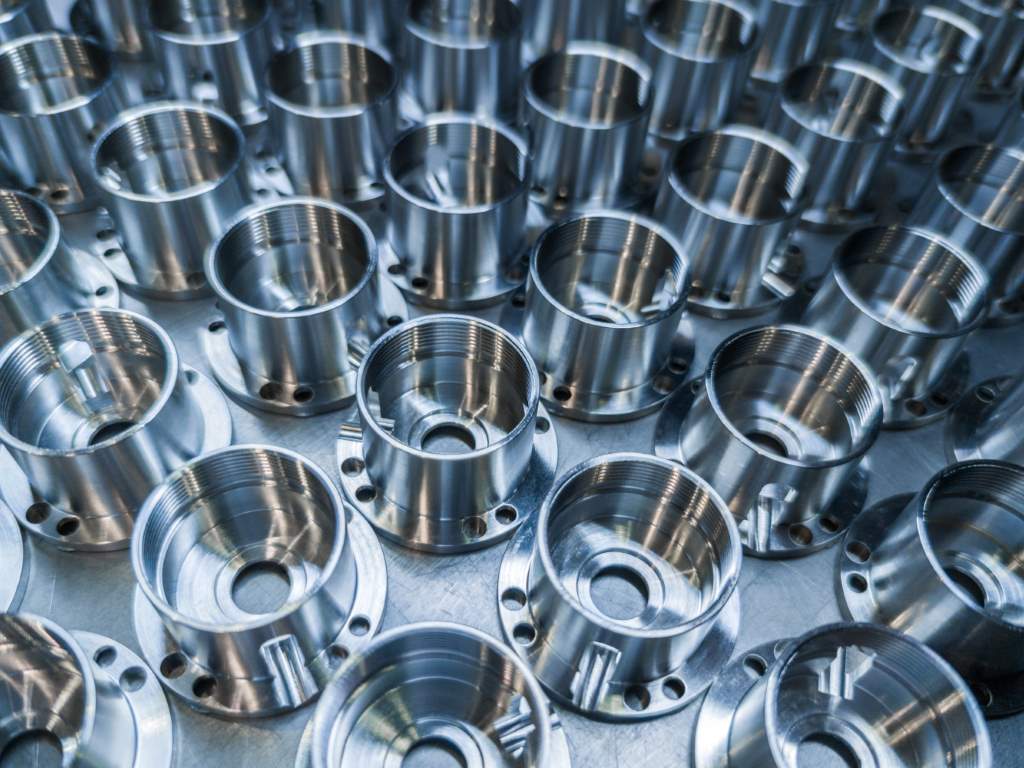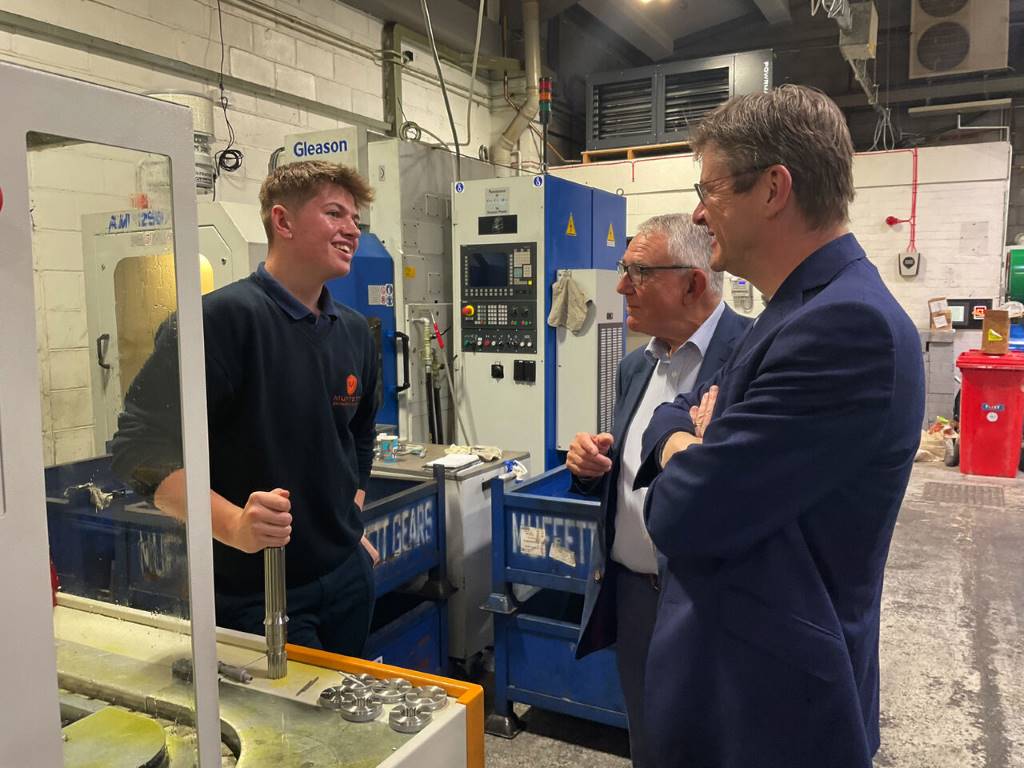Manufacturing details of British-built T.50 supercar revealed

Gordon Murray Automotive has unveiled its T.50 supercar for the first time, which will be manufactured at a new purpose-built facility in Surrey.
The car is described by the company as the ‘spiritual successor’ to the McLaren F1, which was originally conceived and designed by Gordon Murray.
From January 2022, 100 exclusive customer cars will be built at Gordon Murray Automotive’s production site.
From the record-breaking V12 engine, and best lightweight transmission, to the world-first aerodynamic package and the feather-light titanium throttle pedal, every element is 100% bespoke and crafted by a British company that leads in its field. Murray pushed each supplier to their limits to deliver ingenuity, the highest quality and of course new levels of lightness.
The chassis and body of the T.50 are entirely constructed from high-grade carbon fibre. Creating inherent stiffness and torsional rigidity, the carbon fibre plays an important role in making T.50 the world’s lightest supercar.
Murray: “With the design of our T.50 supercar, we are taking the same focused approach that was applied to the design of the McLaren F1. Thanks to modern materials and 30 years of development, we have been able to deliver a far better all-round car in the T.50, while setting its weight at just 986kg, a full 150kg lighter than the F1.”

Advanced composite materials at work
At the core of the T.50 is a lightweight carbon fibre monocoque. It has been constructed by UK-based company Formaplex and features novel, cutting-edge part-bonded carbon fibre an aluminium honeycomb core. This construction method gives the T.50 exceptional structural rigidity, which benefits handling, agility and ride comfort.
The intrinsic strength of carbon fibre ensures exceptional occupant safety in the event of a crash. The carbon fibre panels feature precisely engineered deformable areas and the car also uses an F1-style ‘passenger safety cell’. The rigidity and torsional strength negate the need for additional bracing or reinforcement – another area of weight-saving.
The exterior body panels are also constructed from cutting-edge carbon fibre – including the front clam, the sculpted doors and the car’s rear panels. Remarkably, the T.50’s body, including the carbon monocoque and all body panels, tips the scales at less than 150kg.
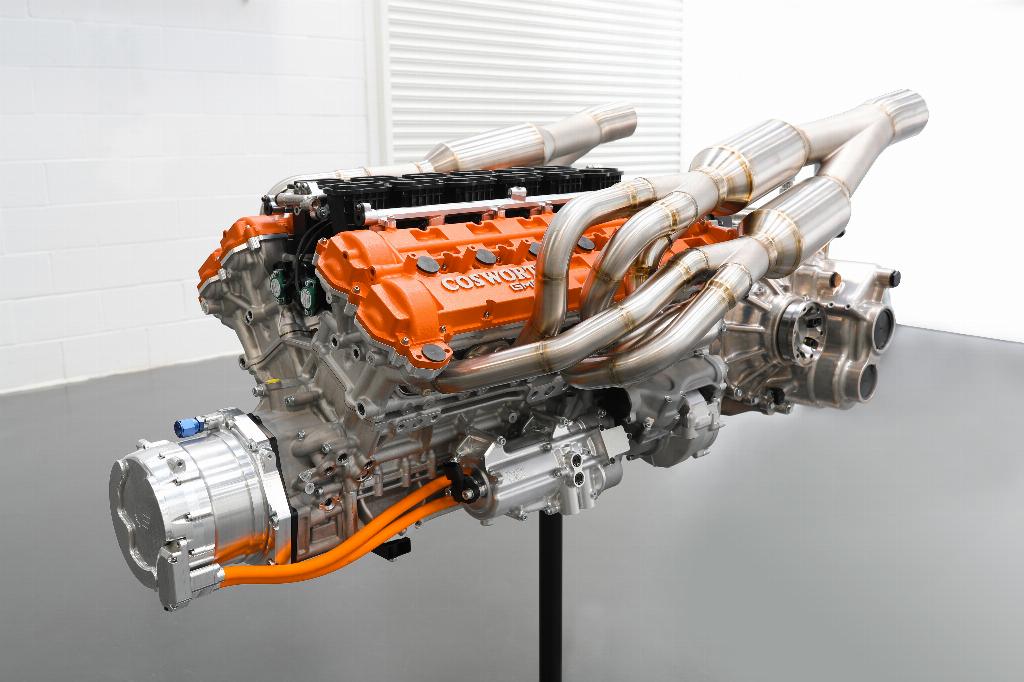
Aluminium, steel and titanium under the surface
The 3.9-litre T.50 engine delivers maximum power (663PS) at 11,500rpm, on its way to a 12,100rpm redline. The maximum torque figure of 467Nm is produced at 9,000rpm. The T.50 also claims to have the highest power density of any road-going V12.
It is incredibly light thanks to a combination of exceptional design and lightweight materials (aluminium, steel and titanium) resulting in a total engine weight of just 178kg.
The Cosworth GMA V12 engine and manual Xtrac gearbox are also semi-structural, being mounted to the chassis.
Being totally bespoke, it was possible to optimise every component of the gearbox for weight. The Xtrac team created a super-strong but extremely light aluminium housing that was cast at just 2.4mm thickness – resulting in a gearbox that not only met strict packaging requirements within the car, but also weighed in at just 80.5kg.
Lightweight obsessed
Throughout the early development process, weekly ‘weight watchers’ meetings at Gordon Murray Automotive scrutinised the weight of every component. Even the diameter and length of approx. 900 fixings was optimised to cut weight, taking account of the forces to which each would be exposed.
For the Gordon Murray Automotive team, no saving in weight was too insignificant. Every innovation, every iterative improvement supports the lightweighting strategy that helps create the purest, lightest, most driver-focused supercar ever.
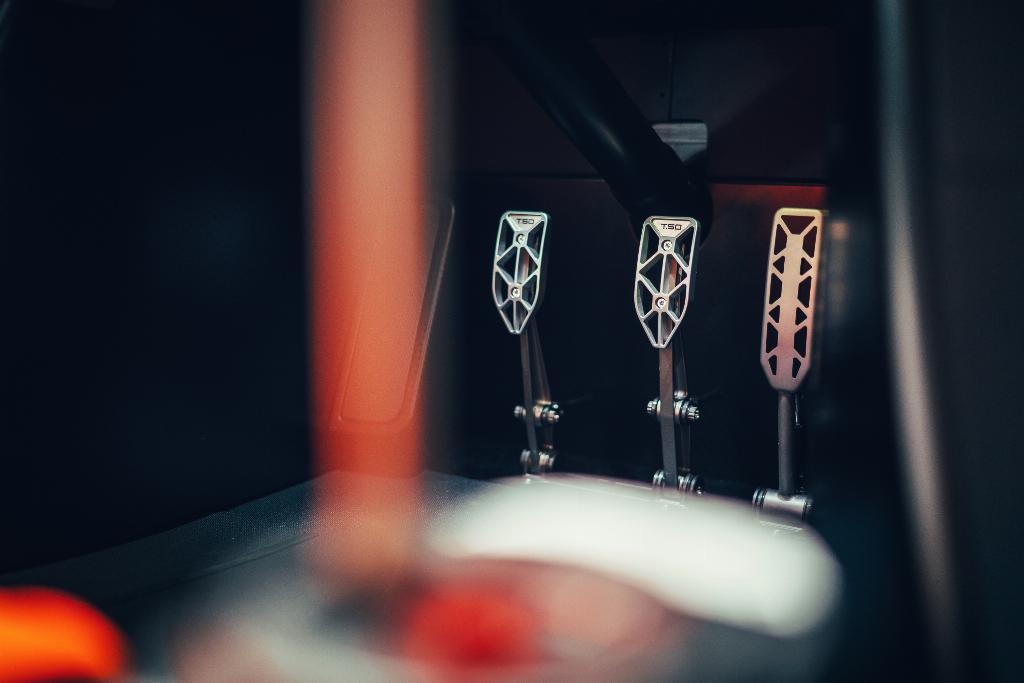
This central mission promoted simplicity of construction and no compromise was tolerated, no expense was spared. The low total weight of the car means that the T.50 can use forged aluminium alloy double-wishbone rising rate suspension front and rear, with no additional interference required from heavy electric or hydraulic suspension components.
The wheels, hubs, and suspension arms are all ultra-lightweight. The wheels are forged from a lightweight blend of aluminium alloy (front 7.8kg, rear 9.1kg), as are the suspension uprights and wishbones. While, for ultimate weight saving, the car’s hubs and bearing carriers mimic those of an F1 car, with a single locking nut, dramatically reducing the amount of material needed for their construction.
A bespoke customer experience
Each customer will have a personalised seat fitting during the specification process, at the same time adjusting the steering wheel height and reach, and fine tuning the set-up of the pedal box.
In keeping with much of the rest of the car, each pedal is milled from solid aluminium for strength and lightness and laser-etched with the T.50 name, the clutch and brake pedals both feature a web-like pattern to save weight and provide an anti-slip surface. The accelerator pedal is crafted from solid titanium.
Throughout the build of their car at Gordon Murray Automotive’s UK production base, customers will be kept informed of the status of their car and will have the option to visit their car during the build.
Gordon Murray Automotive www.gordonmurrayautomotive.com


